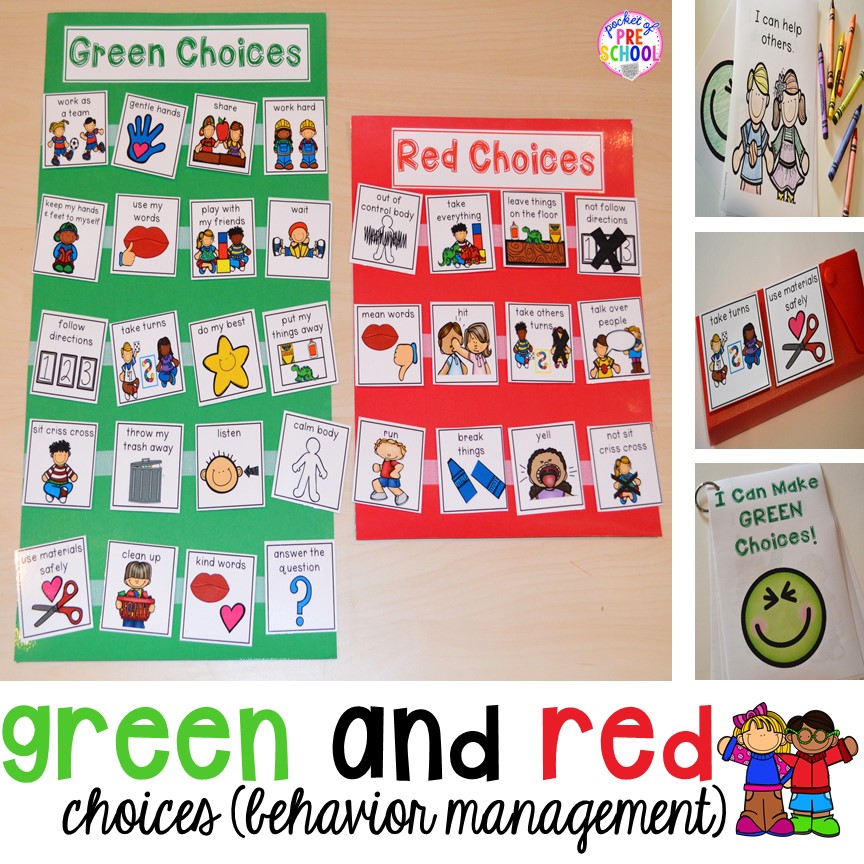What is a green choice vs red choice?

Welcome to our article on understanding the difference between green choices and red choices. In today's world, making sustainable choices has become increasingly important for the health of our planet. But what exactly do we mean by green and red choices? Let's explore!
- What are Green Choices?
- What are Red Choices?
- The Impact of Green Choices
- The Consequences of Red Choices
- How to Make Green Choices in Everyday Life
- Case Studies: Green Choices vs. Red Choices
- Benefits of Choosing Green
- Challenges and Obstacles to Choosing Green
- Conclusion
- Frequently Asked Questions
What are Green Choices?
Green choices refer to decisions and actions that prioritize the well-being of the environment. These choices are environmentally friendly, sustainable, and aim to minimize harm to the planet. They often involve using renewable resources, conserving energy and water, reducing waste, and supporting eco-friendly practices.
What are Red Choices?
On the other hand, red choices are decisions and actions that have a negative impact on the environment. These choices contribute to pollution, waste, and the depletion of natural resources. Red choices often involve excessive consumption, reliance on non-renewable resources, and disregard for sustainable practices.
The Impact of Green Choices
Green choices have a positive impact on the environment by reducing carbon emissions, conserving resources, and preserving ecosystems. They contribute to the overall sustainability of our planet and help mitigate the effects of climate change. By making green choices, individuals and communities can play an active role in creating a healthier and more sustainable future.
The Consequences of Red Choices
Red choices, on the other hand, have detrimental consequences for the environment. They contribute to pollution, deforestation, habitat destruction, and the release of greenhouse gases. Red choices can exacerbate climate change, lead to resource depletion, and harm ecosystems and wildlife. It is essential to recognize and address the negative impacts of red choices to protect our planet.
How to Make Green Choices in Everyday Life
Making green choices in everyday life is easier than you might think. Small changes can make a significant difference. Some practical ways to make green choices include reducing energy consumption, recycling and composting, using eco-friendly products, supporting sustainable businesses, and opting for public transportation or carpooling. By adopting these habits, we can collectively make a positive impact on the environment.
Case Studies: Green Choices vs. Red Choices
Examining case studies can provide valuable insights into the real-life impact of green and red choices. By exploring examples from different areas of life, such as transportation, food choices, and energy consumption, we can understand the consequences of our actions and make informed decisions.
Benefits of Choosing Green
Choosing green offers numerous benefits. Not only does it help protect the environment, but it also promotes personal health and well-being. Green choices often lead to lower energy bills, improved air and water quality, and increased sustainability. Additionally, supporting green practices encourages innovation and the development of eco-friendly technologies.
Challenges and Obstacles to Choosing Green
While choosing green is beneficial, it is not without its challenges. Some obstacles to making green choices include limited accessibility to sustainable options, higher upfront costs, and the need for behavior change. Overcoming these challenges requires collective efforts from individuals, businesses, and governments to create a more sustainable and inclusive environment for all.
Conclusion
In conclusion, understanding the difference between green choices and red choices is crucial for creating a sustainable future. By making green choices in our everyday lives, we can contribute to the well-being of the environment and protect our planet for future generations. Let's strive to make conscious and responsible decisions that prioritize sustainability and environmental preservation.
Frequently Asked Questions
What is the difference between a green choice and a red choice?
A green choice is environmentally friendly and sustainable, aiming to minimize harm to the planet. In contrast, a red choice has a negative impact on the environment, contributing to pollution and resource depletion.
How can I identify if a choice is green or red?
Identifying green and red choices requires considering their environmental impact. Look for options that conserve resources, reduce waste, and support sustainable practices. Avoid choices that contribute to pollution, excessive consumption, and the depletion of natural resources.
Are green choices always more expensive than red choices?
Not necessarily. While some green choices may have higher upfront costs, they often lead to long-term savings. For example, investing in energy-efficient appliances may have a higher initial cost but can result in lower energy bills over time.
What are some examples of green choices and red choices in different areas of life?
Examples of green choices include using renewable energy sources, recycling, composting, and choosing sustainable transportation options. Red choices can involve excessive consumption, reliance on fossil fuels, and wasteful practices like single-use plastic.

Leave a Reply